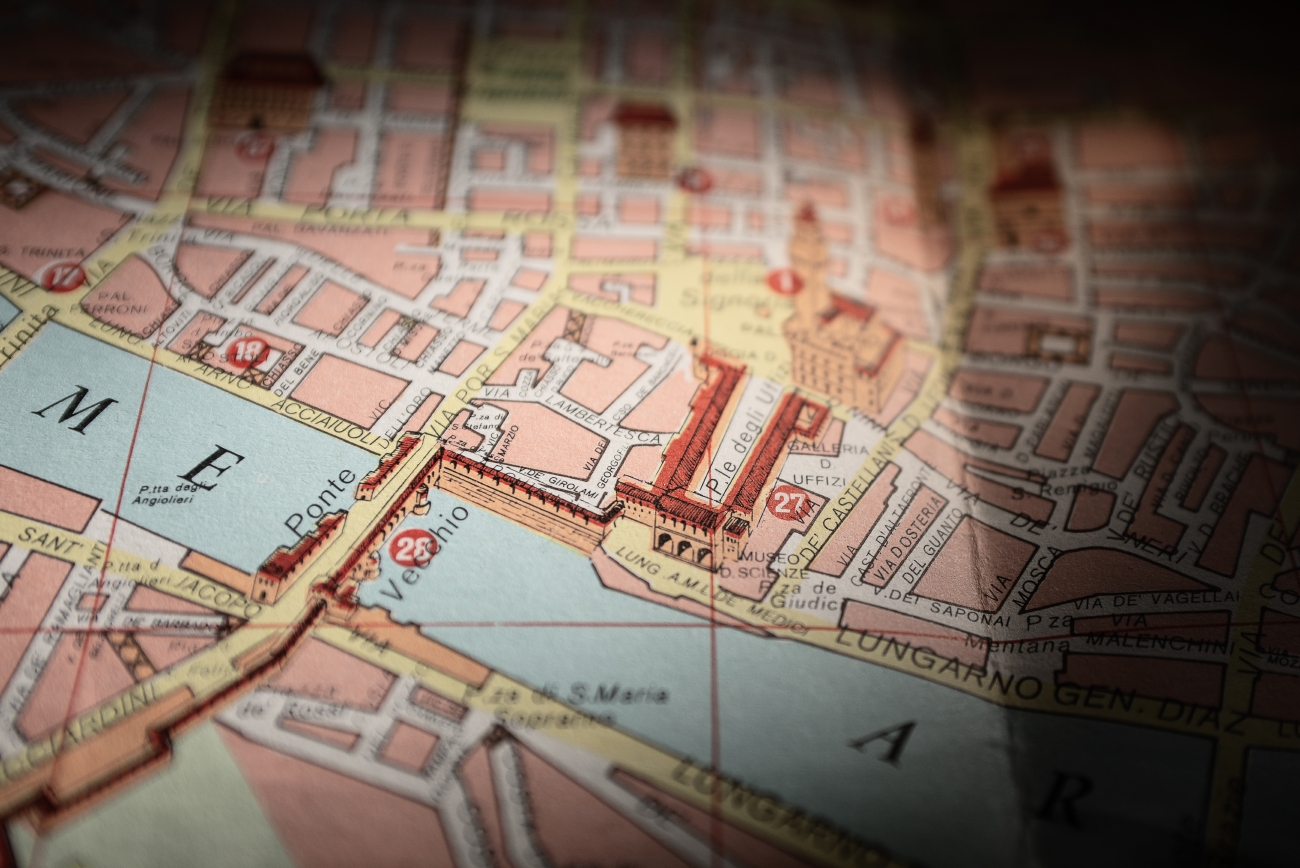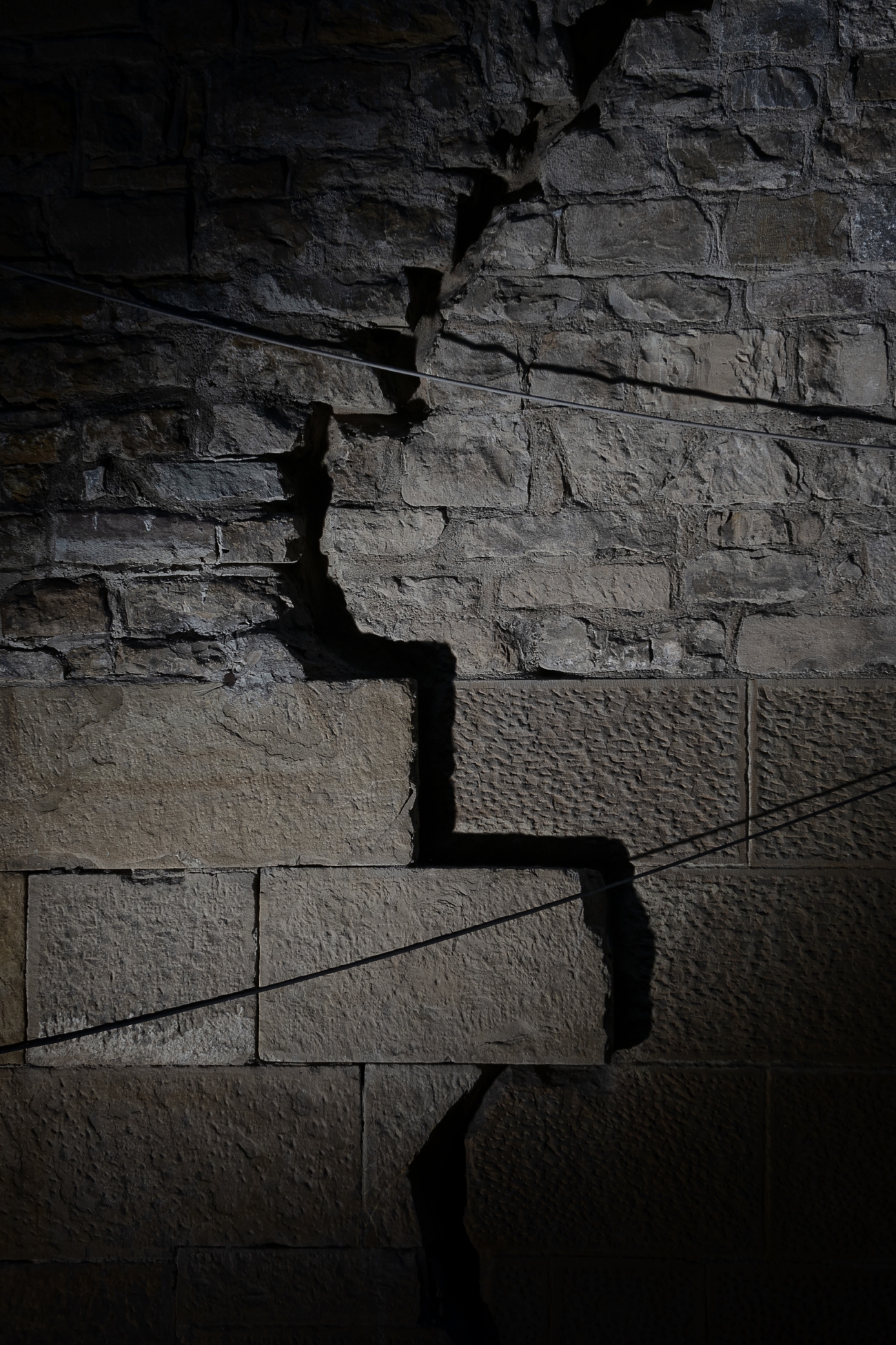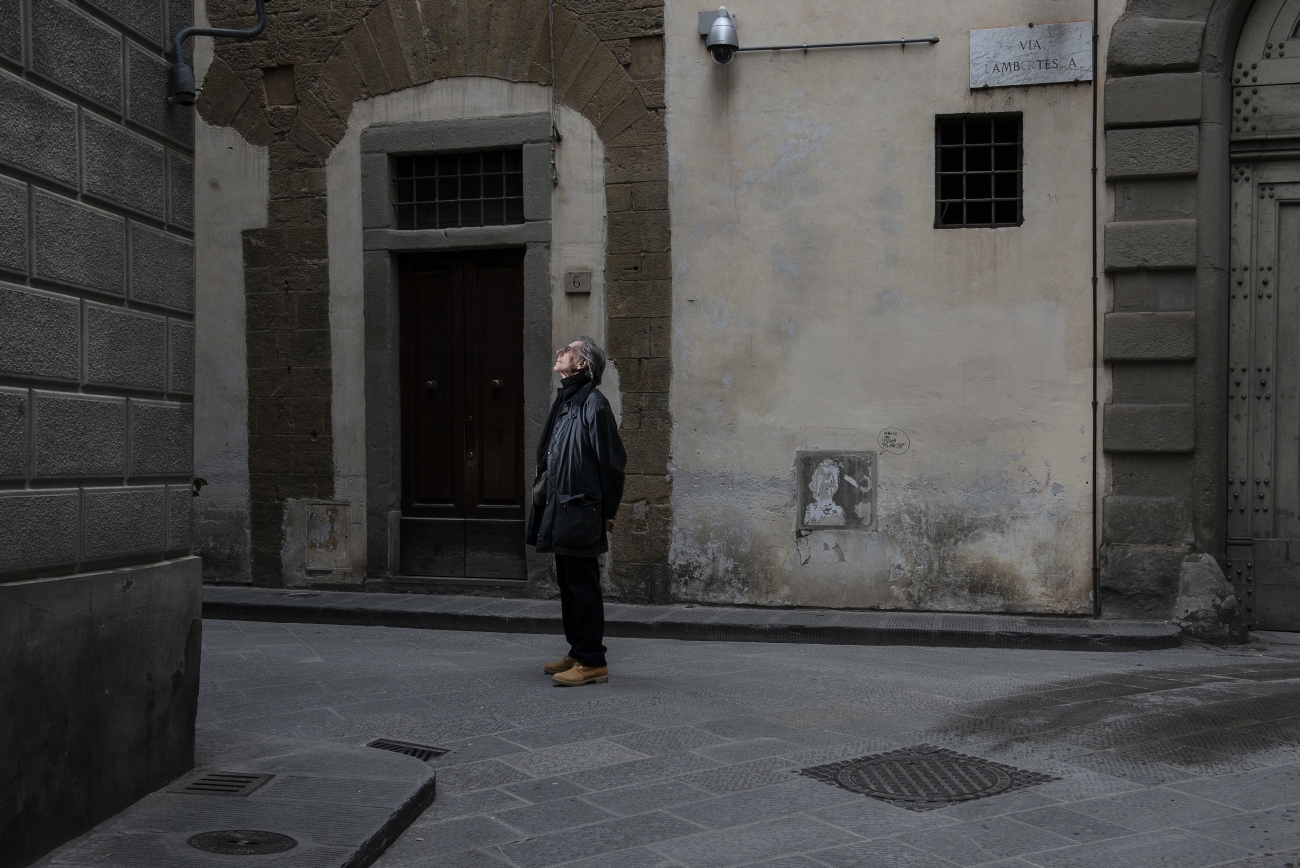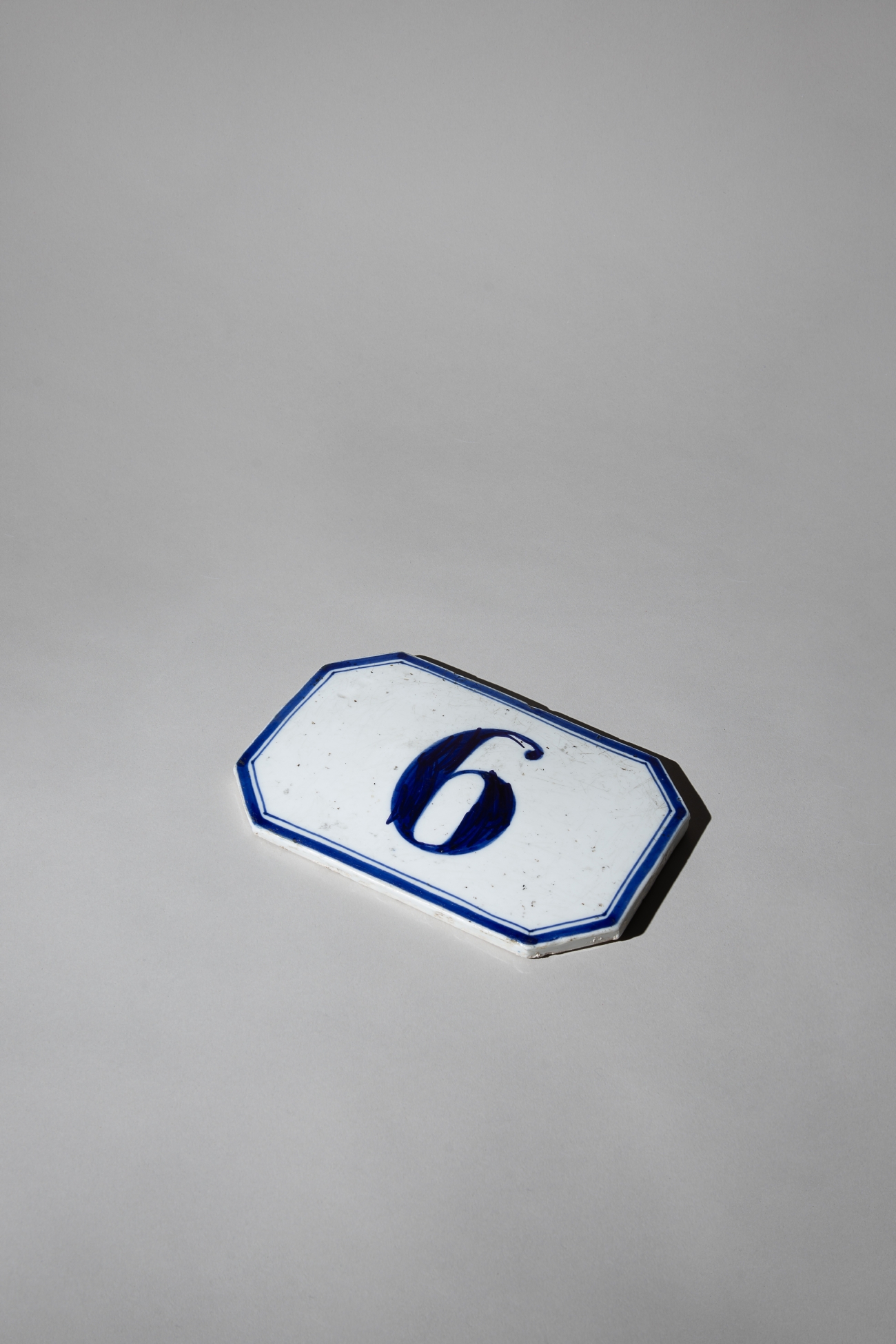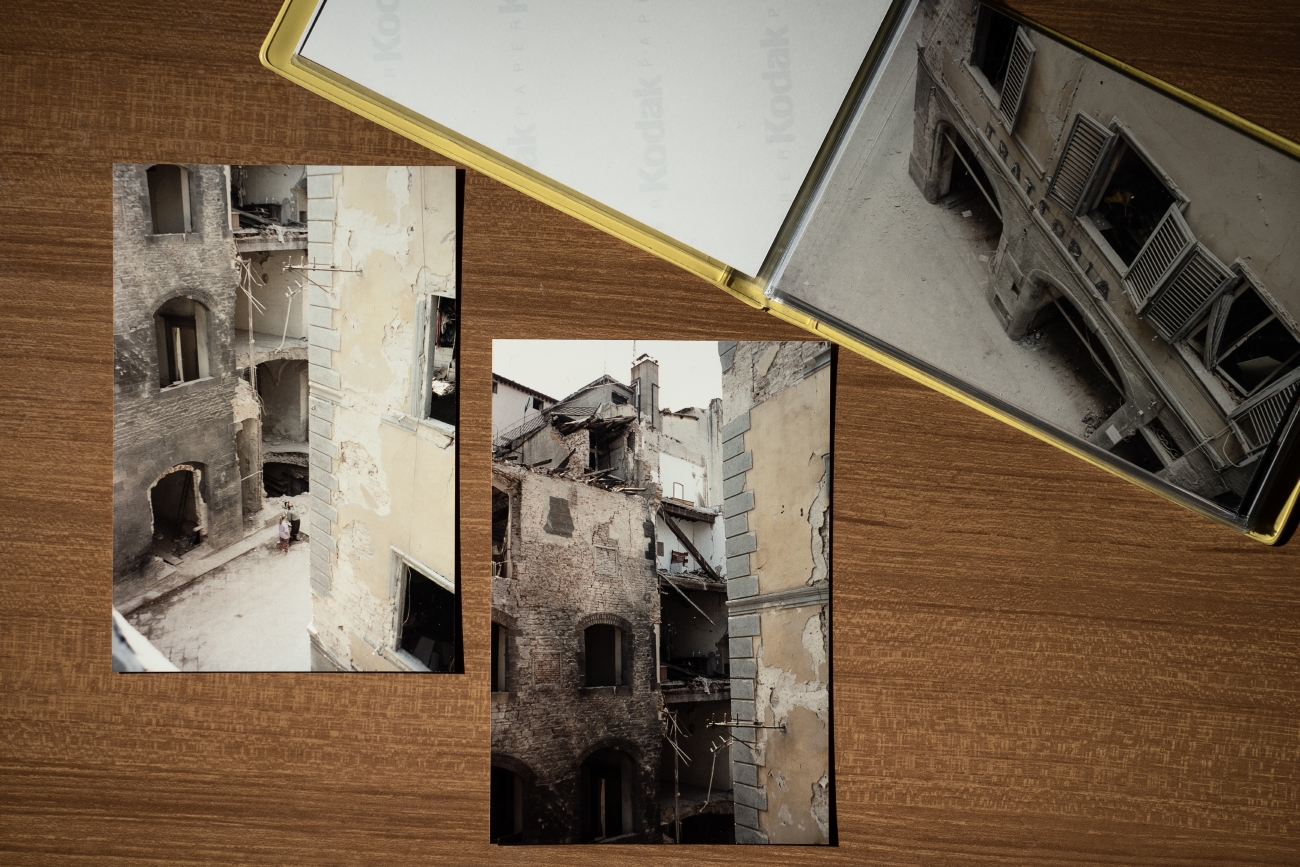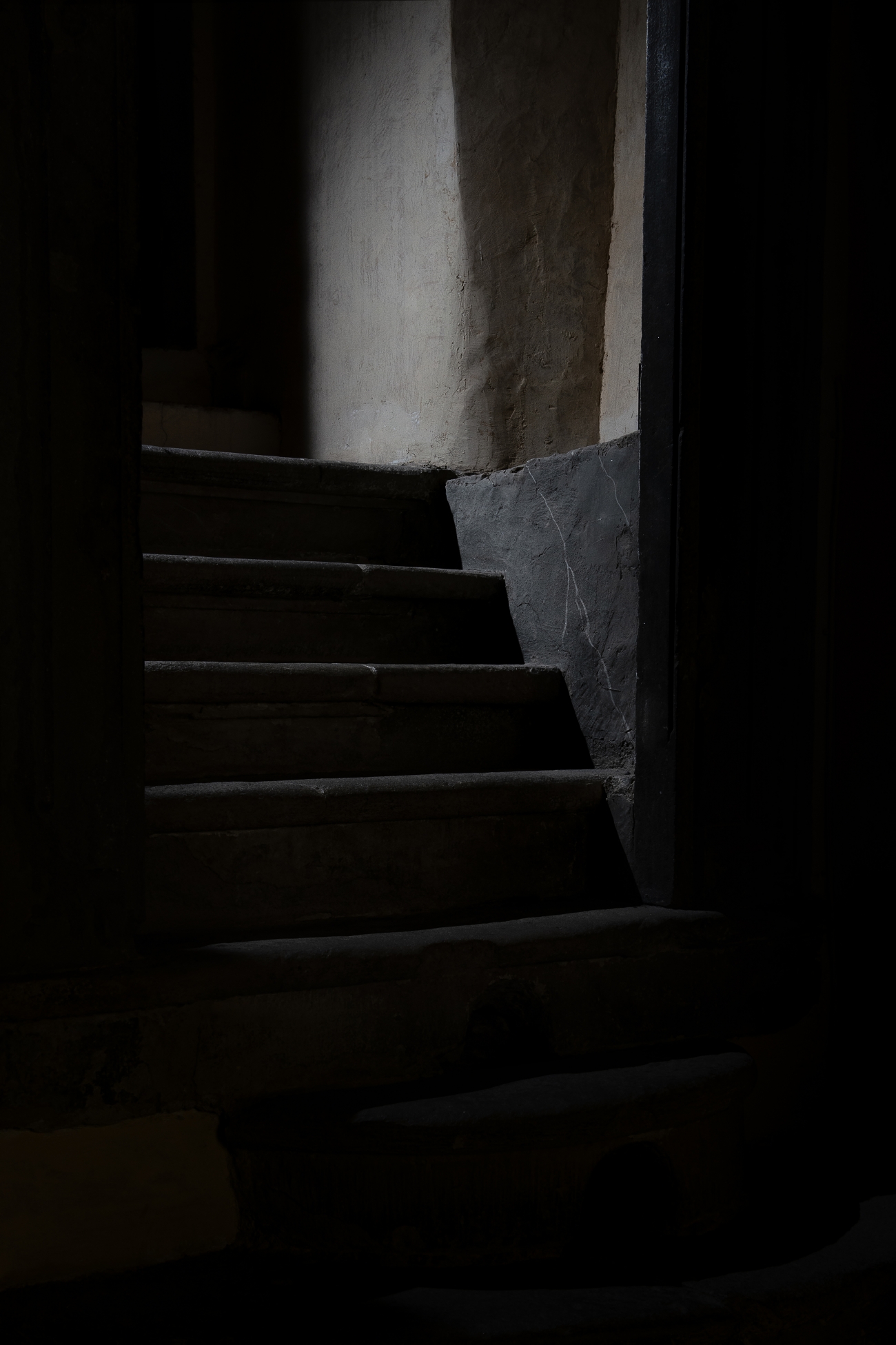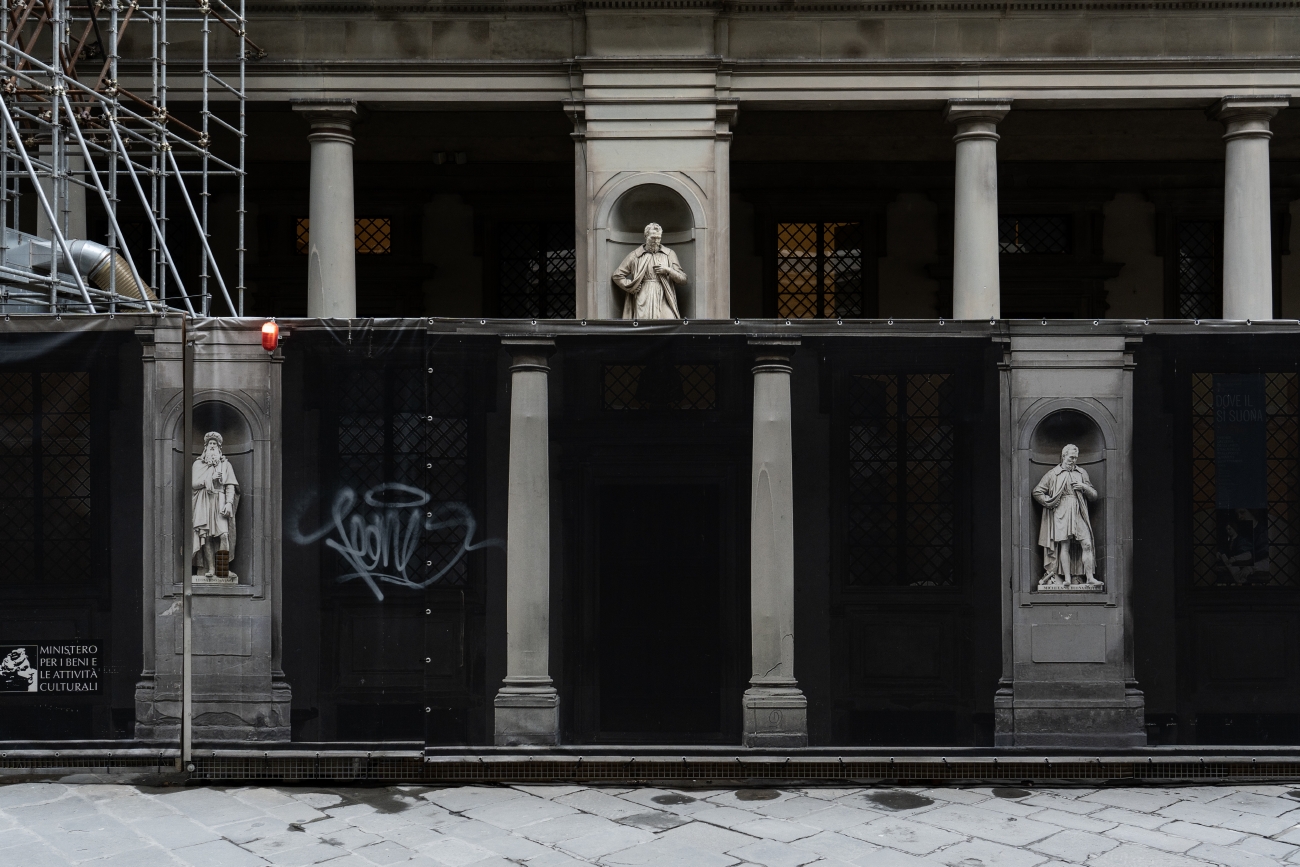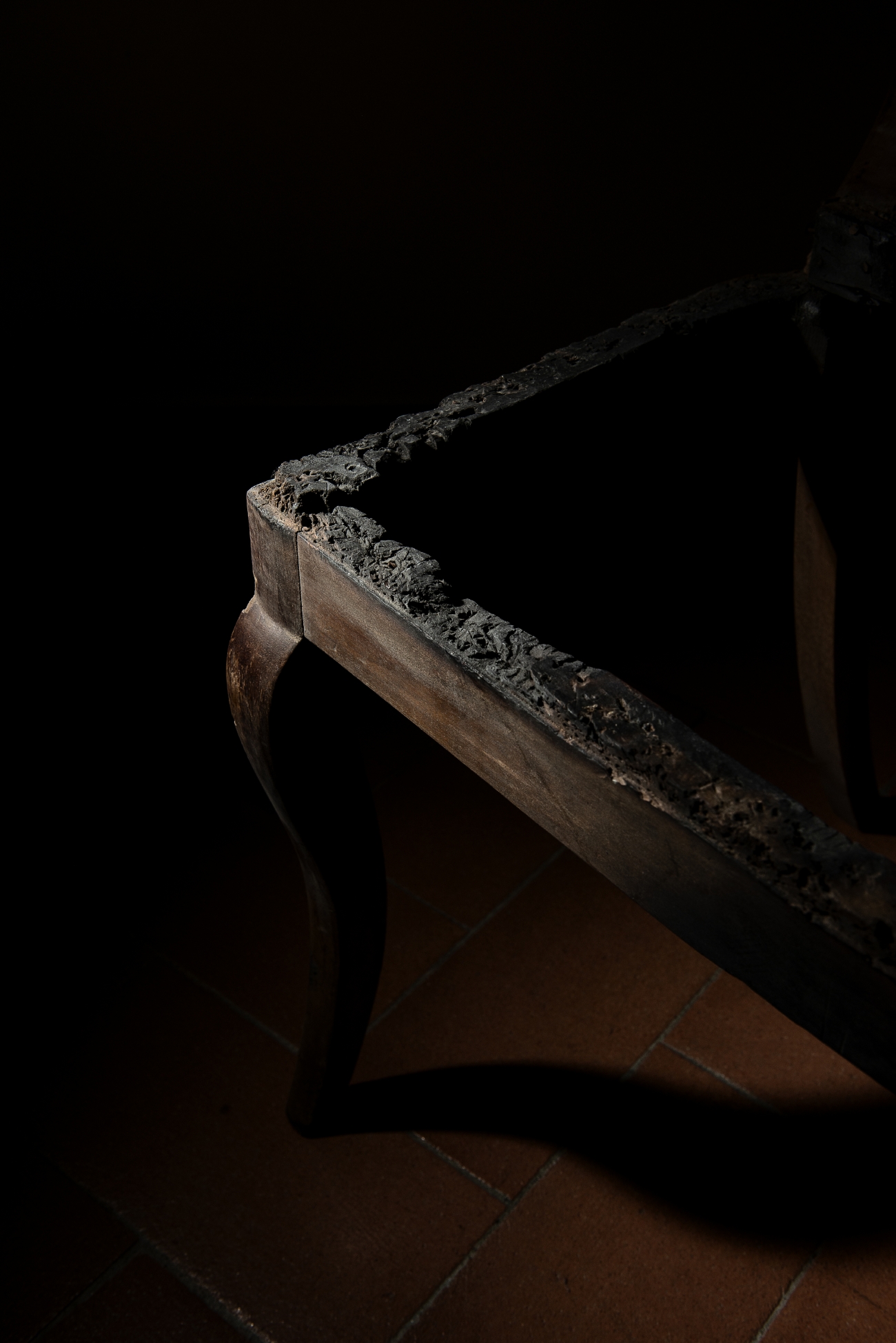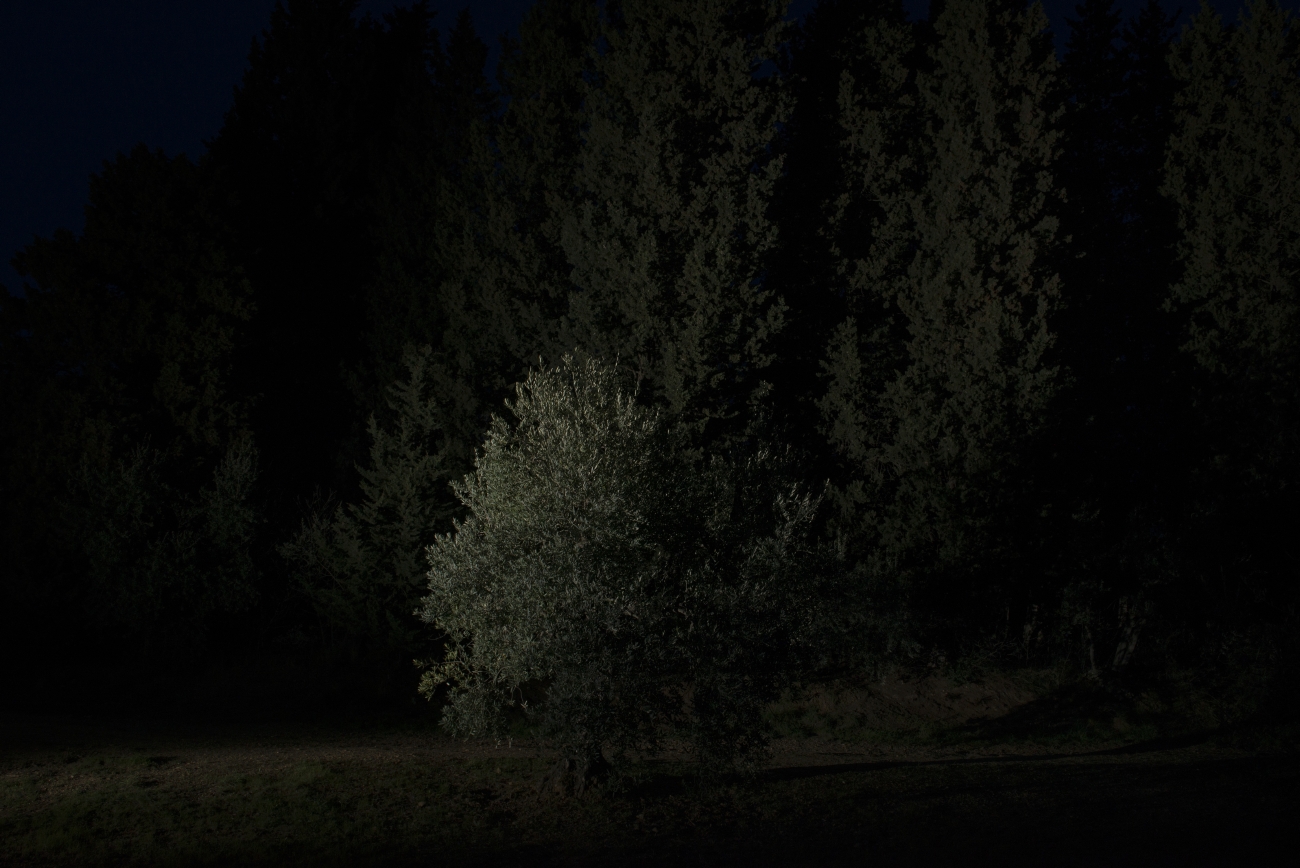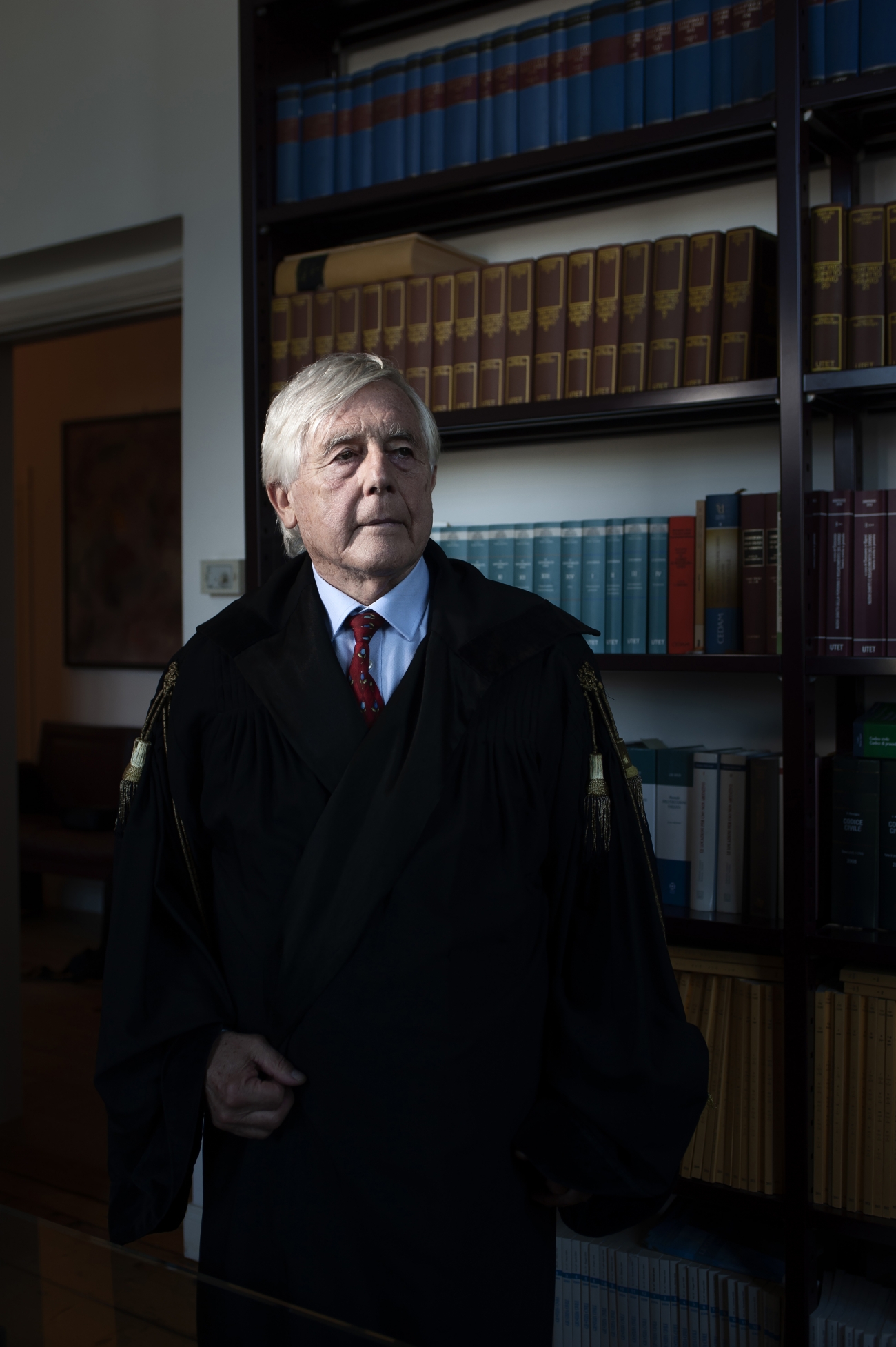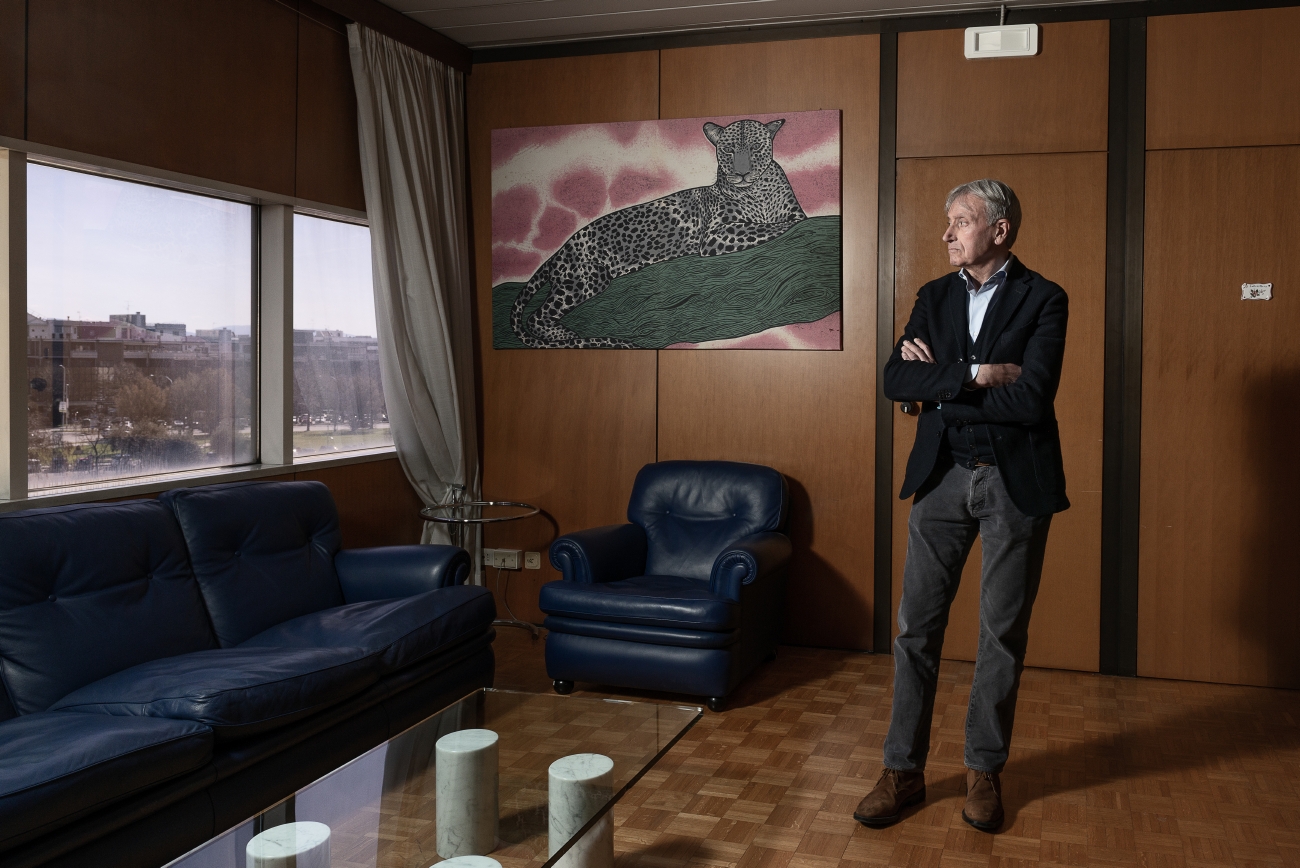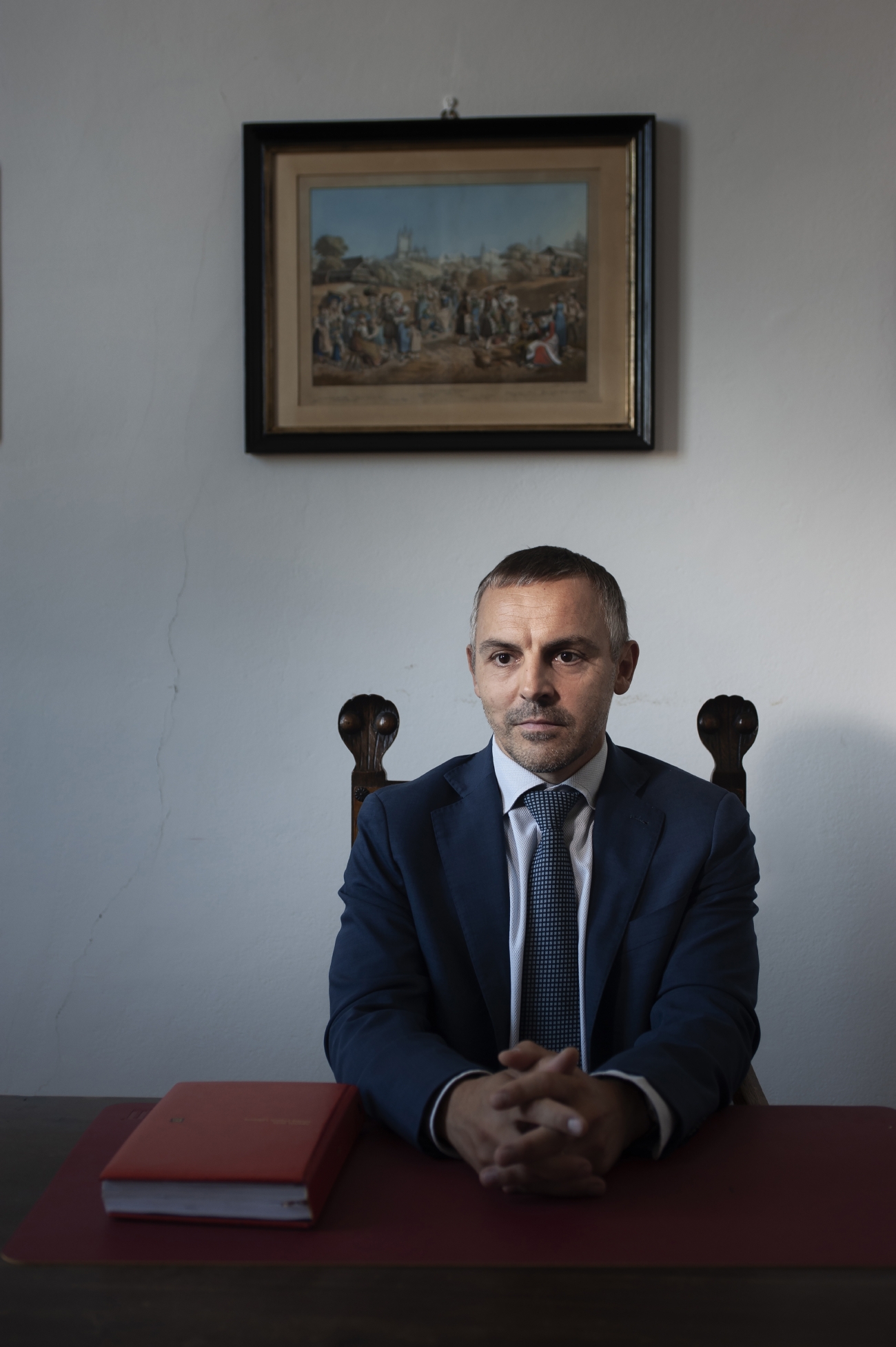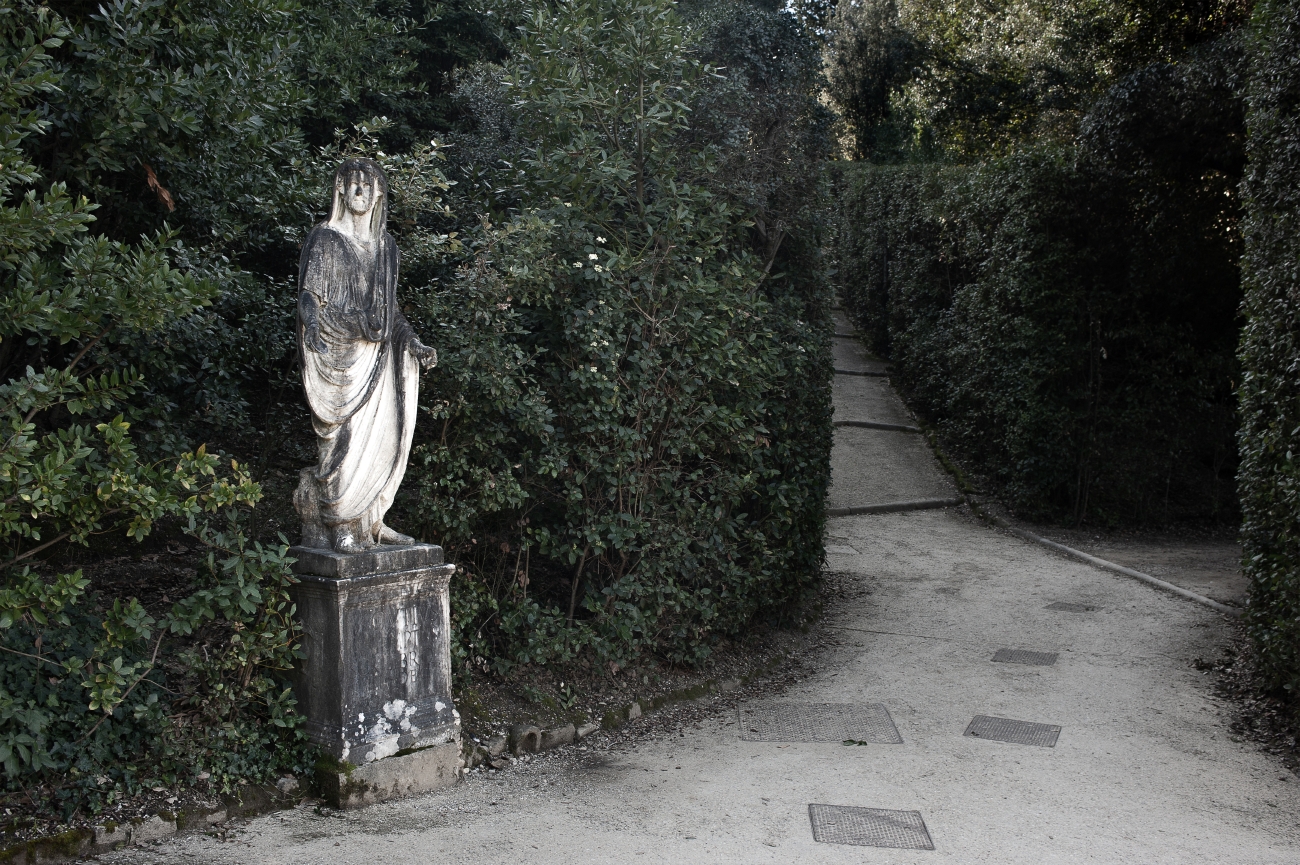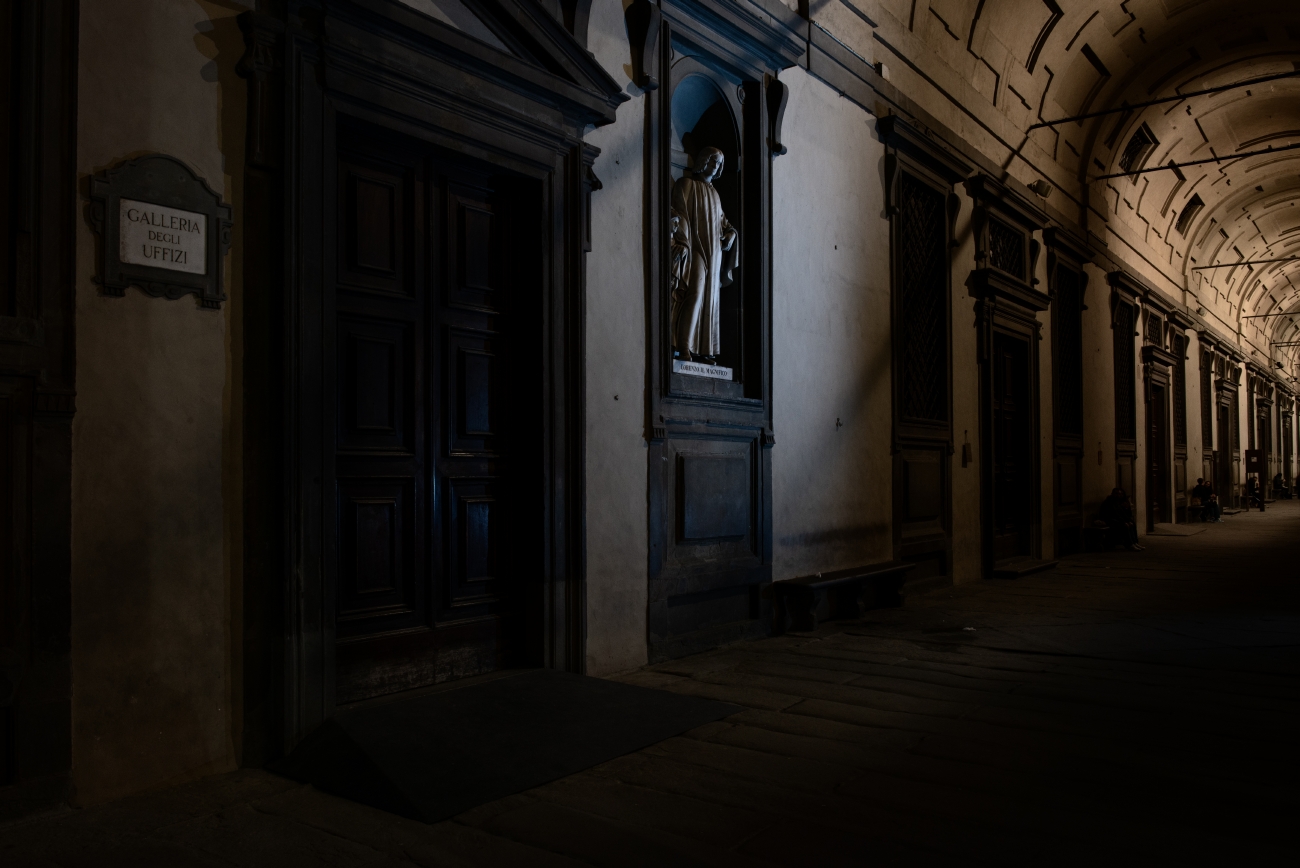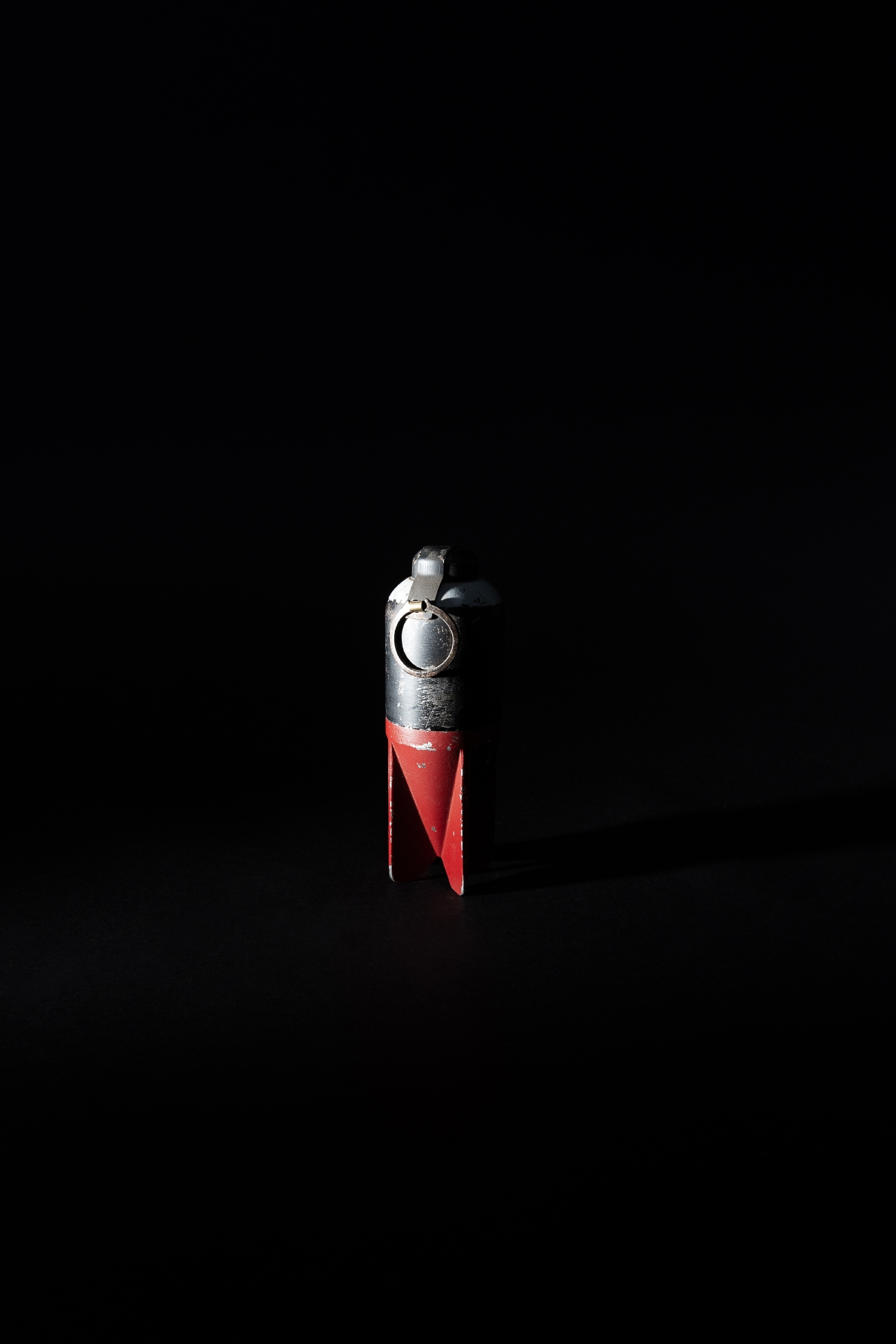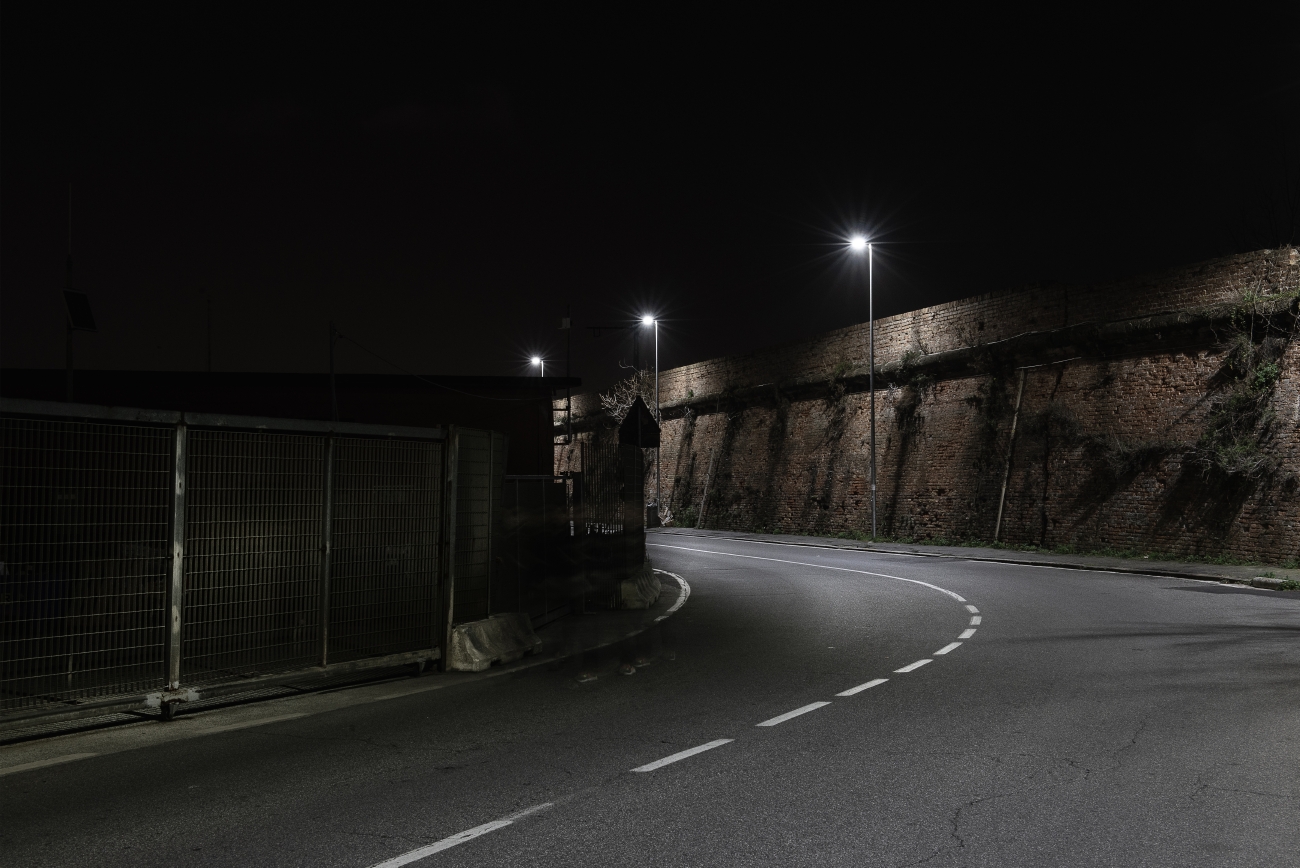The Night of The Uffizi
How 30 years ago the Mafia tried to destroy one of the world’s most famous museums
Photo by Paolo Cagnacci and Matteo Cesari
What if the Uffizi Gallery in Florence no longer existed?
What if on the night between May 26 and 27, 1993, the Italian Mafia had succeeded in destroying one of the world’s most unique examples of artistic heritage? 30 years ago the men of Cosa Nostra (the Sicilian Mafia) came close. And, had it not been for two surveillance cameras at the entrance to the Uffizi, a white Fiat Fiorino packed with explosives at 1:04 a.m. would have shattered one of the world’s most famous museums. The two cameras prompted the perpetrators to park the van in nearby Via dei Georgofili, next to a medieval tower whose massive bulk protected the Gallery from the shock wave. The powerful explosion would probably have caused the entire building to collapse and destroyed much of the pictorial and sculptural heritage that is preserved in the Uffizi.
But the Via dei Georgofili bomb remains the most serious attack on Italy’s artistic heritage since World War II. The Gallery suffered severe damage to its walls, stairways, ceilings and 25 per cent of the artworks housed there: 42 archaeological busts, 16 large statues and 173 paintings (including Sebastiano Del Piombo’s Death of Adonis) were damaged, while three works of art were literally destroyed. Above all, the Fiat Fiorino stuffed with 250 kilograms of TNT, PETN and nitroglycerin injured more than 40 people and claimed the lives of five victims: student Dario Capolicchio, Fabrizio Nencioni, his wife Angela Fiume and their two daughters, 9-year-old Nadia and Caterina, who was just 50 days old.
Why did the Mafia attack the Uffizi Gallery 30 years ago? After the capture in January 1993 of Totò Riina, the head of Cosa Nostra, other Mafia leaders began to strike at Italy’s cultural heritage in order to get the state to accept their demands. Perhaps – as emerges from the reports of the Parliamentary Commission on the Mafia – they did so with the collaboration of political figures, members of deviant secret services and some Masonic lodges. They were the hidden instigators of an attack that remains largely an Italian mystery.
(2023)

